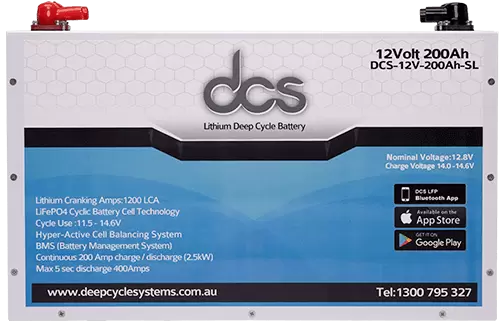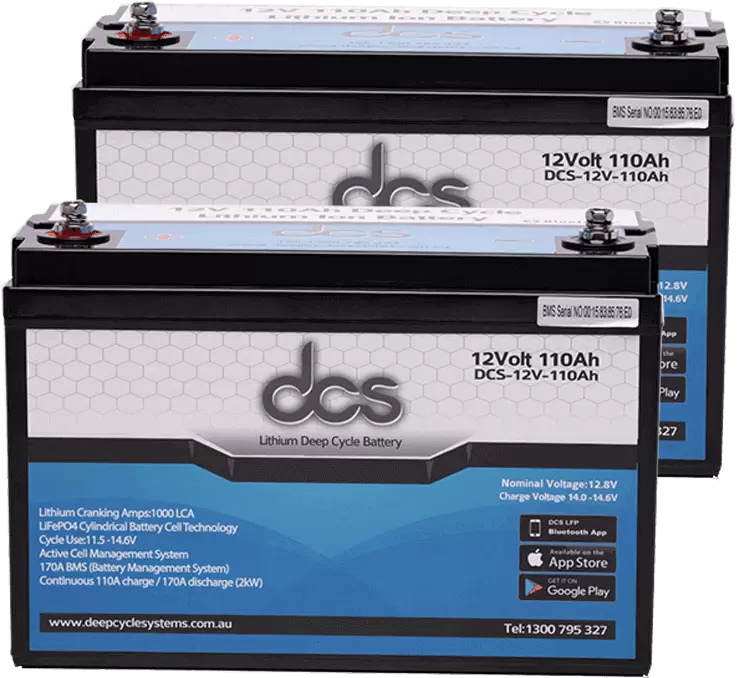Lithium-ion batteries have been the core component of electric vehicles for some time now. They are used to power motors and rechargeable battery packs, allowing the cars to go longer distances without recharging. However, a growing concern within the industry is that lithium-ion batteries may need to be able to provide more power for future generations of vehicles. To combat that issue, an alternative technology known as lithium-air (Li-O2) has been brought into play by several manufacturers such as Tesla Motors Inc. and Honda Motor Co Ltd. With that new technology comes new questions about the role that Lithium Starting Battery will play in EV innovation over time
What Is a Starting Battery and Why Do I Need One?
A rechargeable starting battery supplies the initial power to create an engine or motor, usually in an automobile. It differs from deep cycle batteries, designed for long periods of discharging and recharging. A lead acid battery has been used as a starting battery since the early days of electric vehicles (EVs). However, that technology has limitations regarding performance and lifespan, especially under high-load conditions like those found in EVs.
Lithium-ion batteries have been gaining traction as replacements for lead acid ones because they offer better performance at lower costs per unit weight or volume than lead acid equivalents while also being more environmentally friendly due to their lack of toxic chemicals like sulfuric acid or petroleum distillates used during manufacturing processes (which means no smog!).
Lithium-ion batteries have been gaining traction as replacements for lead acid ones because they offer better performance at lower costs per unit weight or volume than lead acid equivalents while also being more environmentally friendly due to their lack of toxic chemicals like sulfuric acid or petroleum distillates used during manufacturing processes (which means no smog!).
Why do electric cars need lithium?
Lithium-ion batteries are the most common type of battery used in electric vehicles. They’re also used for laptops, cell phones, and other electronic devices. Lithium is an element that has many uses because it’s lightweight, reactive, and has a high energy density–meaning it stores a lot of energy per unit weight or volume.
It’s important to note that lithium is not natively found in nature; instead, it must be extracted from minerals such as spodumene (a mineral containing lithium) or pegmatite (a granite). These minerals are mined and processed at a factory before being used in your car’s battery pack!
The process of extracting lithium from these minerals is very resource-intensive. One study found that it takes an average of 16 tons of ore to produce just one ton of lithium carbonate, and another found that lithium batteries have a carbon footprint six times larger than standard lead acid batteries.
The environmental impact of lithium batteries is still being studied, but it’s becoming clearer that recycling these batteries is important. Lithium-ion batteries will be recycled and reused, which helps reduce the amount of waste in landfills.
Where will all our lithium come from?
Lithium is a rare and valuable resource. It is mined in Chile, Australia, and China. Concerns over the environmental impact of mining lithium have led some companies to look for new sources of that mineral. Lithium is also used in nuclear power plants as a coolant, so there is a concern that it could be used for nefarious purposes by terrorists.
Lithium is also used in producing lithium-ion batteries, which are used in many portable electronic devices like laptop computers and cell phones. It is also used to make ceramics and glass. Lithium is a soft metal that has a low melting point. It is also highly reactive and flammable, which makes it dangerous to handle.
Role of Lithium Ion Car Battery in Electric Vehicle Innovation
The lithium-ion battery is the most common type of rechargeable battery used in electronic devices and electric vehicles. These batteries are lighter than others, more efficient, and can hold a charge for longer periods. They are also less expensive to produce than traditional lead acid or nickel metal hydride batteries.
Lithium Ion Car Battery have their drawbacks, however. They are highly flammable and can catch fire if they get too hot. The fires are difficult to put out because lithium-ion batteries release oxygen when they burn, making them much hotter than other types of batteries. In addition, lithium-ion batteries are susceptible to overheating and catching fire when damaged or improperly charged. Some of the most famous examples of lithium-ion battery fires include a hover board that caught fire on an airplane in 2016,
How Lithium-Lithium Battery Technology Works
First, let’s look at the basics of lithium-lithium battery technology. Lithium is the most abundant element on earth and has several uses, including medical devices and electronics. It’s also an alkali metal (a soft metal), which reacts with water easily–and if you’ve ever dropped your phone into the water without realizing it was still on, you know what happens next: corrosion!
Lithium has an atomic number of three; that means it has three protons in its nucleus and thus has an atomic weight of 7 (7 protons plus neutrons). That makes lithium less dense than sodium but more so than potassium or rubidium–two other common alkali metals. Lithium is flammable when exposed to air because it burns at around 300 degrees Celsius; however, when contained under pressure within certain alloys, such as liquid metal batteries like those used by Tesla Motors Inc., it can produce temperatures up to 700 degrees Celsius without igniting into flames due to high surface tension within these alloys’ molecular structure!
Benefits of a Lithium-Lithium Battery
The benefits of a lithium-lithium battery are numerous:
- It’s lighter than other types of batteries. That is important for the vehicle and its driver, resulting in better performance and faster acceleration.
- The power these batteries can produce is greater than other electric car batteries.
- Lithium-lithium batteries last longer than lead acid or nickel-cadmium ones; that means less frequent replacement costs for you!
- Fourthly, lithium-lithium batteries don’t require any special maintenance. Other types of batteries need regular cleaning and care to ensure their continued performance, but lithium-lithium batteries don’t have that requirement.
- Fifth, the charging time for lithium-lithium batteries is much shorter than for other electric car batteries. It’s estimated that a lithium-lithium battery will be fully charged in less than two hours, while lead-acid and nickel-cadmium ones take four to six hours.
Application of lithium ion solar battery
Starting batteries are used in emergency power systems. Lithium Ion Solar Battery are used in caravans and campervans. Starting batteries are used in boats and RVs. Starting batteries are used in forklifts. Starting batteries are used in emergency lighting systems. Starting batteries are used in uninterruptible power supplies (UPS). Starting batteries are used in caravans and campervans. Starting batteries are used in boats and RVs. Starting batteries are used in emergency power systems.
- Starting batteries are used in cars, boats, and RVs.
- Starting batteries are used in emergency lighting systems.
- Starting batteries are used in uninterruptible power supplies (UPS).
- Starting batteries are used in forklifts.
Lithium is a vital component in making electric vehicles.
Lithium is a vital component in making electric vehicles. Lithium, the lightest of all metals and the most reactive metal has been used in many batteries over the years. The most common use of lithium is in lithium-ion batteries.
That type of battery uses an electrolyte made from lithium salts that are dissolved in an organic solvent such as propylene carbonate (PC) or ethylene carbonate (EC). The cathode material consists of graphite or silicon carbide (SiC) particles suspended in an EC/PC solution that serves as both solvent and electrolyte for storing energy during charging/discharging cycles.
Lithium batteries are the current darling of the electric vehicle industry.
Lithium batteries are the current darling of the electric vehicle industry. They’re more expensive than other types of batteries, but they offer greater capacity and efficiency over time. In addition to being used for vehicles, lithium batteries can also be found in smartphones, laptops, and other electronic products.
Lithium-ion batteries have become increasingly popular due to their high energy density (the amount of energy stored per unit mass). That means they can store more power than other types of rechargeable batteries without taking up too much space or adding significant weight to your device -which is especially important when designing portable devices like laptops or smartphones that need long battery life between charges but don’t want to add too much bulkiness or weight so users won’t mind carrying them around all day long!
FAQs
How long do they last?
Lithium starting batteries are designed to last 3-5 years, depending on your driving habits and environmental conditions. If you need to know when it’s time to replace your battery, visit their website.
How much do they cost?
A lithium-ion starter battery should cost around $75-USD 100 depending on where you purchase it from and what size/brand of car or truck it goes into (see below). That price range is similar across all brands because that product category is still relatively new compared with lead-acid systems, which have been around for decades now.
Conclusion
As we have seen, starting batteries are essential to the electric vehicle industry. They provide the power needed to get a vehicle started and running and keep it going while its charging system is working on replenishing its battery pack. These batteries use lithium as their main material, so they are also very safe and reliable – which is why they have become so popular with consumers!



